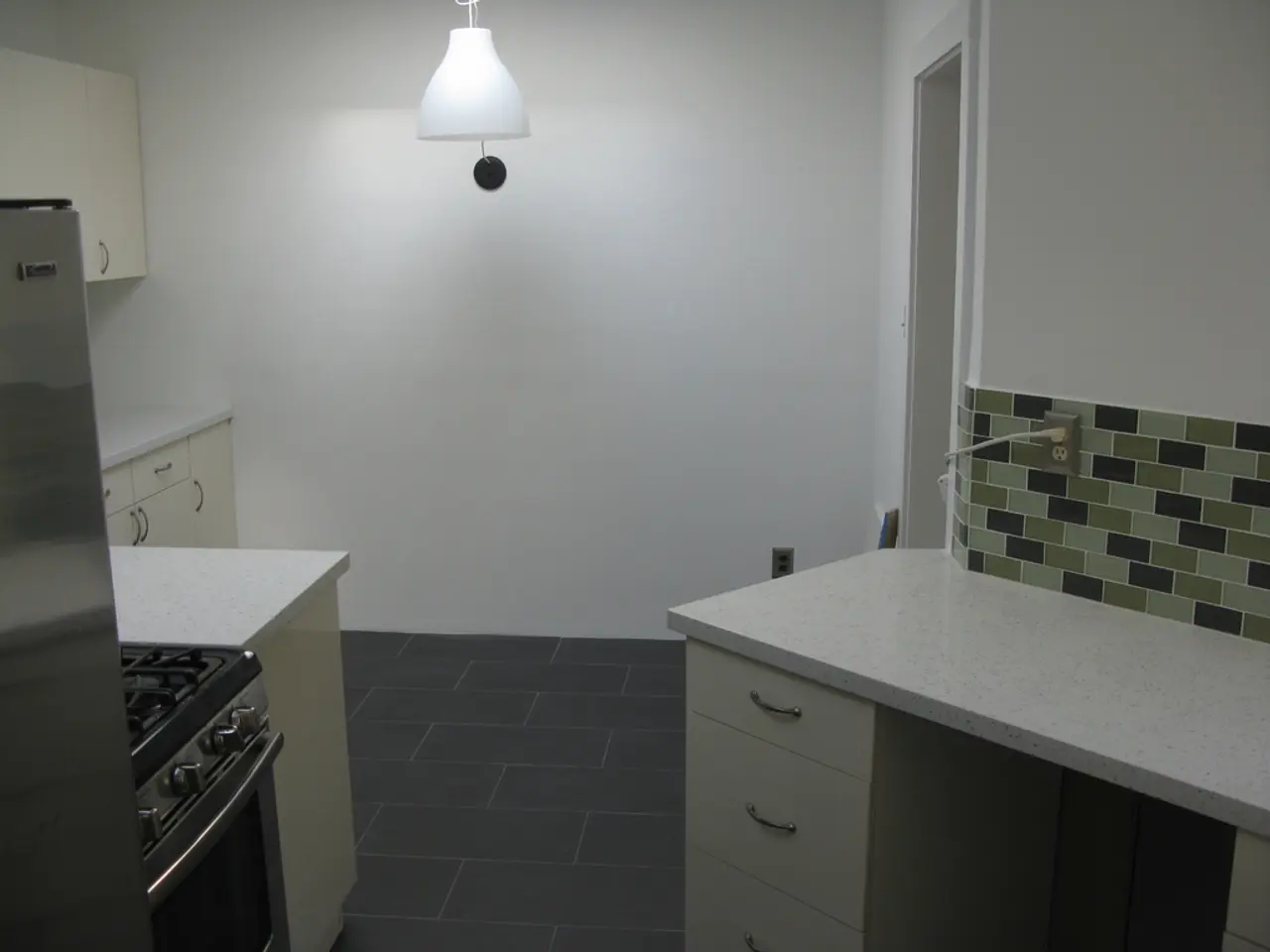Research Team Develops Novel Micro-Mechanical System for Quantum Computing
A groundbreaking scholar team, led by Niklas Lausti, Vineet Kumar, Ivan Hudák, Michal Tarana, and Michal Hejduk, has developed a novel micro-mechanical system. This system, detailed in their ArXiv publication, co-traps laser-cooled ions and electrons, opening doors for future computing and research.
The research tackles the critical issue of electron stability within the trap, suggesting future enhancements using superconductive films to boost performance. The team presents a practical roadmap for building a planar electron-ion point Paul trap, which could revolutionise quantum technologies.
The trap, manufactured using readily available materials, overcomes limitations of previous designs. It offers a large trapping volume, positioned well above the electrode surface, and is designed using laser-machined glass substrates and copper coating. This innovative design enables the control of both electrons and ions within a single trap, a significant challenge in advanced computing and precision measurements.
The new planar electron-ion point Paul trap, developed by Lausti and his scholar team, establishes a forward-compatible platform for exploring mixed-species quantum systems. This breakthrough could lead to significant advancements in quantum information processing and fundamental physics, while also enhancing quantum sensing applications.
Read also:
- "Eco-Scam": Unveiling the Truth about Electric Vehicles
- European transportation's sustainability and competitiveness rely on a "green industrial agreement" that serves the interests of both corporations and residents, as discussed in an Editorial from August 2024.
- Indian Oil Corporation's Panipat Refinery secures India's inaugural ISCC CORSIA accreditation for Sustainable Aviation Fuel production
- Porsche Macan Accelerates into Second Generation of Electric Power







